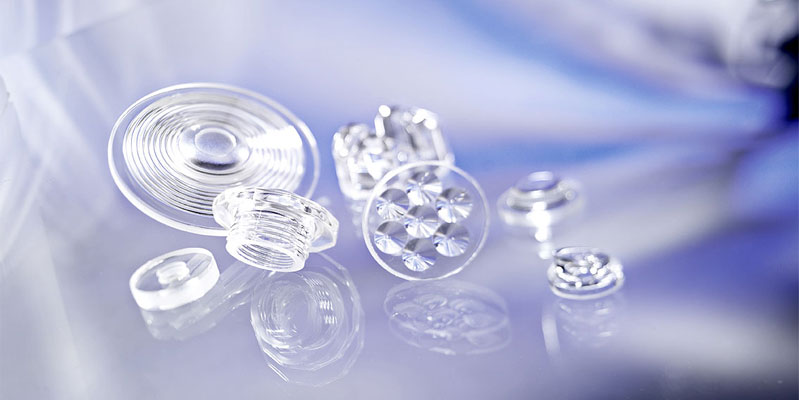A fascinating city is formed
The historical Czech town of Jablonec nad Nisou (German: Gablonz an der Neiße) was first mentioned in the 14th century. The glass industry in the town however had its origins a couple of centuries later. We can assume that the first glass professionals settled in the area in the 16th century. Above all, the existing rich resources that are necessary for the production of glass, were a major factor in the settlement.
Destruction and new beginnings
0 comment
